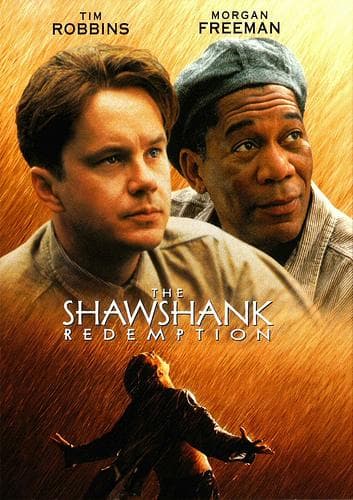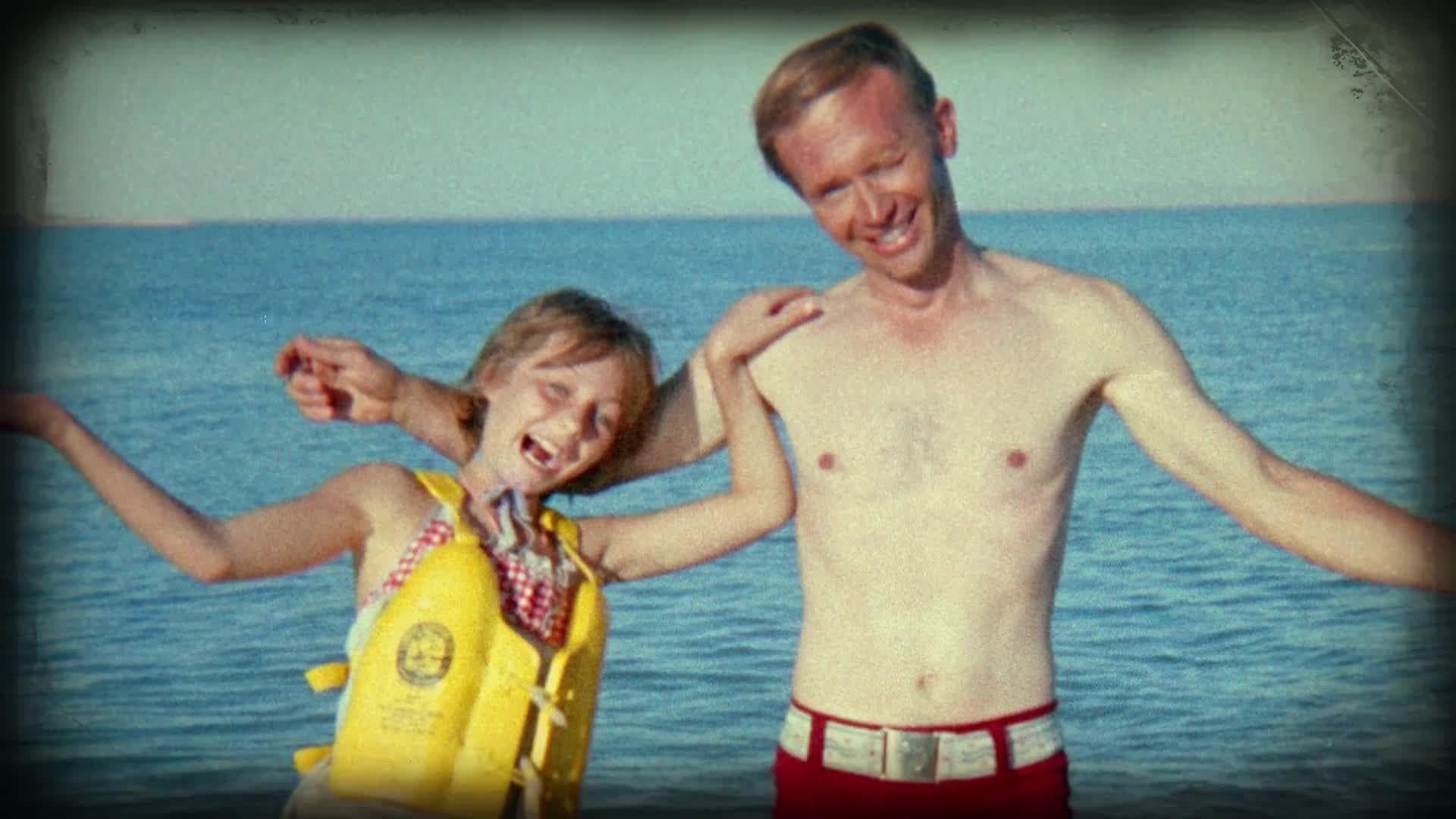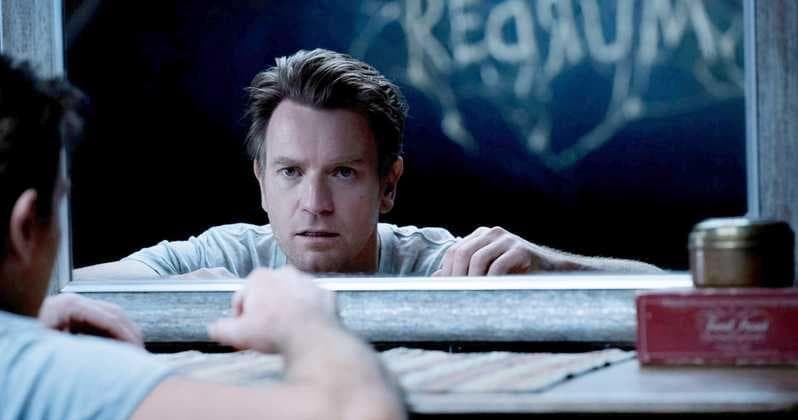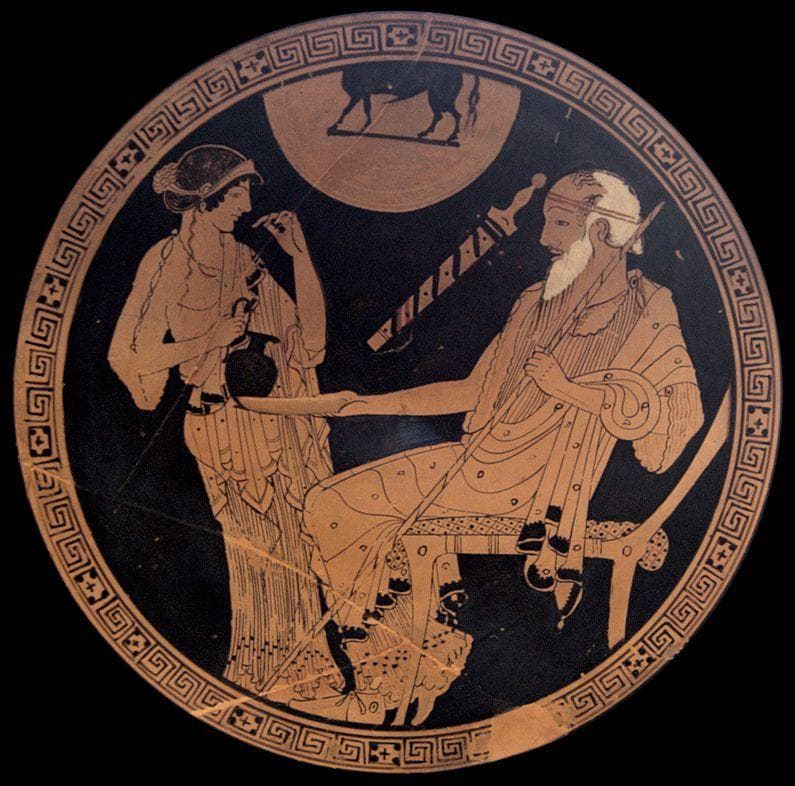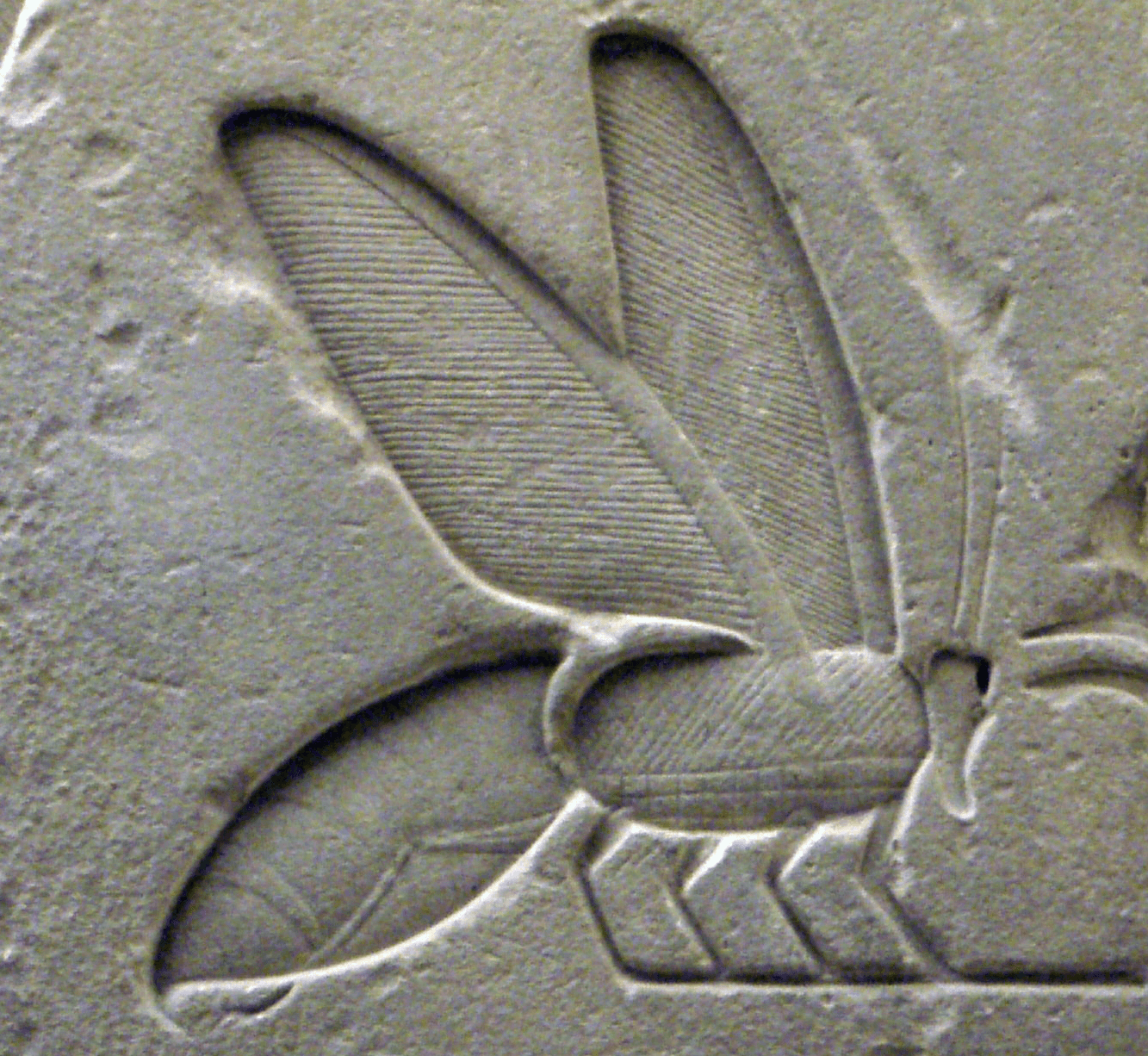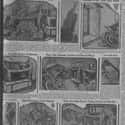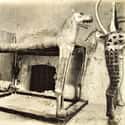-
(#8) The 1922 Discovery Fueled A New Interest In Ancient Egyptian History
The legend of the curse of King Tut's tomb is well known, allegedly claiming its first victim when Lord Carnarvon died in 1923. The origins of the curse may come from Howard Carter himself, a story he put out to keep unruly media and spectators at bay as he spent years excavating the tomb.
The discovery of Tutankhamun's tomb did spark an immense amount of curiosity about all things Egypt. "Tut-Mania," as it became known, inspired clothing trends, music, jewelry, and movie plots. People began to decorate their homes using Egyptian-style statues, columns, and even hieroglyphics.
In the United States, President Herbert Hoover named his dog King Tut, while Harry Von Tilzer penned his song, "Old King Tut." The lyrics of the tune included the lines, "They opened up his tomb the other day and jumped with glee / They learned a lot about ancient history / His tomb instead of tears / Was full of souvenirs."
-

(#10) The Tomb, Open To The Public, Was Recently Restored With A Complex Air Filtration System
In the decades after Howard Carter's work on King Tut's tomb, hundreds of thousands of visitors have traversed its passages and rooms in order to get a glimpse of its splendor. As one of the less impressive tombs in the Valley of the Kings, Tutankhamun's burial site is relatively small and cramped, but it consistently draws visitors.
It wasn't until 2009, however, that archaeologists and preservationists in Egypt and the United States joined forces to try to conserve the pharaoh's final resting place. The Egyptian Ministry of Antiquities and the Getty Conservation Institute spent 10 years mitigating damage brought on by years of tourist activity, clearing out dust and treating the painted walls.
According to Neville Agnew of the Getty Conservation Institute, the project was marred by technical, scientific, and political challenges, the latter of which "frequently prevented us from coming here." When they first arrived, conservators were surprised to find microbiological spots, but soon discovered they were present when Carter arrived in 1922. Regardless, new barriers were put into to keep tourists from touching the walls, while an air filtration and ventilation system was installed to prevent damage from humidity and carbon dioxide.
-

(#9) New CT Scan Technology In the 2000s Revealed Additional Information - And Questions - About King Tut, Including His Numerous Ailments
In the decades since Howard Carter's work on King Tut's tomb, remains, and objects, there have been relatively few revelations brought forward about the young pharaoh by the scientific community.
During the initial autopsy on the body in 1925, researchers determined Tutankhamun was between 17 and 20 years of age when he died, something later scholars were able to pinpoint more precisely to 19 years of age after performing a CT on the body. In terms of size, King Tut was originally thought to be about 5 feet 6 inches tall, a height that was later revised to 5 feet 11 inches tall.
The real mysteries surrounding Tutankhamun, however, involve how he perished. The use of modern technology has allowed researchers to delve deep into this issue, taking into consideration theories from birth defects to malaria to an infection resulting from one of the many wounds found on his remains.
In 2005, a CT scan of Tutankhamun's remains may have finally solved the mystery of how the pharaoh met his end. According to the test, King Tut had an infection in his body, perhaps something that arose in conjunction with his recently broken leg. More recently, DNA testing in 2010 indicated that Tutankhamun had malaria, perhaps a deadly ailment due to an immune system weakened by inbreeding.
-

(#11) A New Museum In Egypt Will Display For The First Time All 50,000-Plus Objects Found In The Tomb
The Grand Egyptian Museum (GEM) is set to open in 2021 and will serve as the home to all of the artifacts that came out of King Tut's tomb. The museum, announced in 1992, cost more than $1 billion and will also house items relocated from other museums and storage facilities throughout Egypt.
Deemed "the museum of the 21st century" by director general Tarek Tawfik, the GEM features 5.2 million square feet of space, with sections dedicated to each of the four era of ancient Egyptian history. Galleries that focus on the pre-dynastic and Old Kingdom, Middle Kingdom, and New Kingdom and Greco-Roman periods will be further divided into thematic areas focused on religion, rulers, and society.
As the repository of all 50,000 items from Tutankhamun's tomb - more than half of which have never been available for public viewing - the GEM is placed near the Giza Pyramid plateau, strategically located to bring together the modernity of Cairo and the heritage of ancient Egypt.
-

(#7) Carter Used Harsh Methods Like Yanking Limbs Apart And Pouring Hot Wax On The Mummies To Remove Them
Throughout his long excavation of King Tut's tomb, Carter kept meticulous notes, drew pictures, and detailed his findings with precision. That said, Carter wasn't always gentle in handling the objects he found, nor did he apply a soft hand to his work on the body of the pharaoh.
Archaeology was making great strides as a science and as a profession, but, as Carter tried to remove Tutankhamun's body from his nested coffin, he resorted to aggressive techniques. In order to melt away the resins holding the coffins together, Carter placed them into the hot sun. When that didn't work, the excavation team lined up several paraffin lamps to try to dislodge the coffins, increasing the temperature around them to as much as 932° F.
The body of King Tut was in, according to Carter, "poor condition," prompting him to instruct his colleague, Dr. Douglas Derry, to cover it in wax before cutting open the wrappings. Slowly, the archaeologist removed the bandages from the body but could not extricate the mask from the body. In the end, they, "used hot knives for the purpose," an alternative to wielding "a hammer chisel to free it."
Throughout this process, Carter removed amulets, jewels, and other items attached to the wrappings around King Tut's body. By the time the archaeologists were done with the body; however, it had been picked apart, pulled into pieces at the joints, and the head had been removed.
-
(#5) Although Portions Of The Tomb Had Been Robbed, Tutankhamun’s Tomb Was Significant Because The Items Inside Were Intact, Not Fragments
Once inside King Tut's tomb, Carter, Carnarvon, and the team of workers began what would become an eight-year excavation. They would come to discover that the burial site was made up of numerous sections - a foyer, an antechamber, a burial chamber with adjacent treasury, and an additional annex.
While the majority of the items inside were in relatively good shape, it was clear that at some point, according to Carter, "the tomb...had been entered - by thieves!" The antechamber, which contained household wares, statuary, and items related to the funerary process, had clearly been compromised. The small annex, home to almost half of the contents of the tomb, experienced the most looting, while the burial chamber itself contained the elaborate coffin of the pharaoh.
Within the treasury, Carter found, "a large shrine-shaped chest, completely overlaid with gold, and surmounted by a cornice of sacred cobras. Surrounding this, free-standing, were statues of the four tutelary goddesses of the dead - gracious figures with outstretched protective arms, so natural and lifelike in their pose, so pitiful and compassionate the expression on their faces, that one felt it almost sacrilege to look at them."
Even with signs of disturbance, Carter was thrilled at the prospect of having "found a royal burial little disturbed save hurried plundering at the hands of ancient tomb robbers." Instead of smaller pieces and fragments of objects, Carter and his cohort found entire objects, much more representative of a royal burial and devoid of the lingering questions, confusion, and speculation that accompanied many excavations.
New Random Displays Display All By Ranking
About This Tool
When the tomb of ancient Egyptian pharaoh Tutankhamun was discovered in November 1922, the whole world was fascinated by it. One of the reasons why archaeologists adore Tutankhamun so much is that most of the relics in this tomb are intact and it filled with extremely rich treasures. This tomb is located in the Valley of the Kings near Luxor. In the history of ancient Egypt, pharaohs and powerful nobles were buried here for about 500 years.
The treasures in Tutankhamun’s tomb are on tour around the world, and most of the treasures are on display in the Egyptian Museum in Cairo, Egypt. These ancient cultural relics continue to glow with charm in the 21st century. The random tool lists 12 interesting details about the archaeological discovery of king Tut’s tomb.
Our data comes from Ranker, If you want to participate in the ranking of items displayed on this page, please click here.



